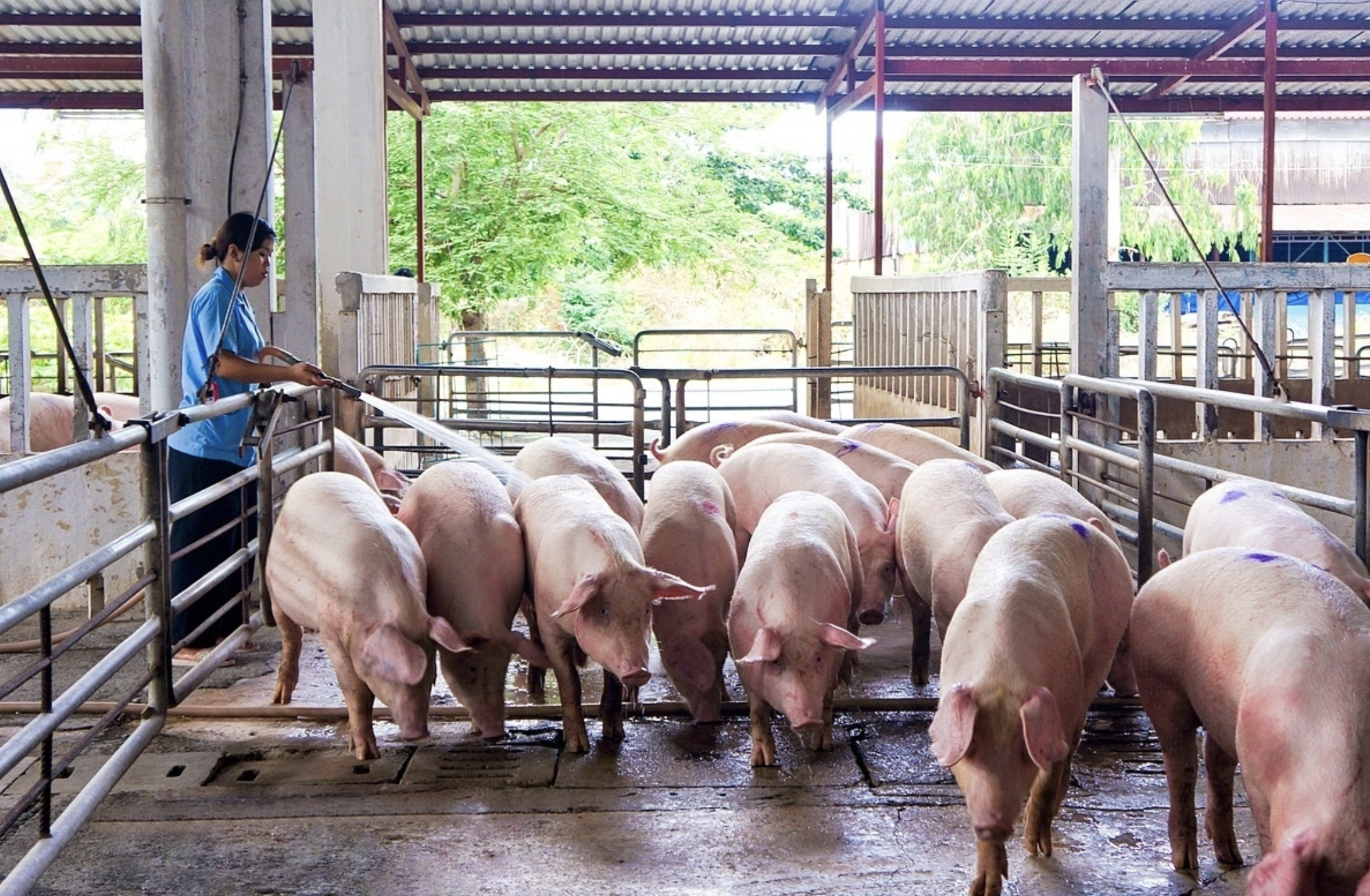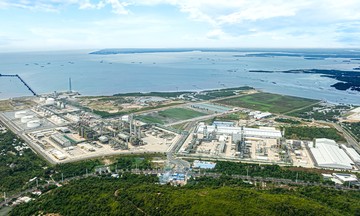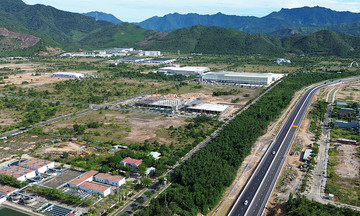According to reports from livestock associations, in northern Vietnam, live pig prices commonly range from 57,000 to 60,000 VND per kg, a decrease of 1,000-2,000 VND compared to the previous day. Several provinces such as Thanh Hoa, Nghe An, Ha Tinh, and Quang Tri recorded the lowest prices. The central and central highlands regions also saw prices drop to 56,000-60,000 VND. Meanwhile, prices in southern Vietnam fluctuated between 54,000 and 62,000 VND, a further decrease of 1,000-3,000 VND compared to yesterday.
This decline is evident at the Hoc Mon wholesale market (TP HCM). The quantity of pigs arriving at the market remains stable at over 5,300 per night, but the price of butchered pork has decreased by 5,000-10,000 VND per kg. Pig's trotters are now priced at 55,000-65,000 VND, pork belly at 95,000 VND, spare ribs at 130,000 VND, and pork chops at 65,000 VND.
Many traders have also noted stagnant purchasing power. Mr. Hoang, a trader in Dong Nai, said that recently, it has been very difficult to sell pigs, largely due to concerns about African swine fever. "I used to buy hundreds of pigs daily, now I only dare to cautiously buy a few dozen because sales are slow," he said.
 |
Pig farm in southern Vietnam. Photo: Vissan |
Pig farm in southern Vietnam. Photo: Vissan
According to Nguyen Kim Doan, Vice President of the Dong Nai Livestock Association, in addition to the disease factor, the recent surge in imported pork has also put significant pressure on domestic prices. Furthermore, when pig prices increased in the middle of the year, many farmers in the central and northern regions significantly increased their herds, resulting in the current supply exceeding demand, pushing prices down further.
The situation is becoming more critical as African swine fever spreads in key areas. Dong Nai – a locality with a total herd of over 4 million pigs – has recorded 24 outbreaks in 20 communes, requiring the culling of over 4,000 pigs. Compared to the same period last year, the number of outbreaks has increased by 187%, and the number of pig deaths and culls has increased by 718%. The provincial agricultural sector warns that the outbreak is putting great pressure on control efforts, while local veterinary forces are thin, making it difficult to meet surveillance needs.
Not only in Dong Nai, data from the Ministry of Agriculture shows that by August, the country had recorded over 970 outbreaks in 710 communes across 30 provinces and cities. Since the beginning of the year, over 100,000 pigs have been culled. The most severely affected localities include Lang Son, Cao Bang, Quang Tri, Quang Ngai, Phu Tho, Hanoi, and Ha Tinh.
The main reason for the outbreak is the low vaccination rate, while many farmers have not adhered to biosecurity measures. Illegal pig transportation and slaughter continue to be widespread, coupled with harsh weather conditions, creating a favorable environment for the rapid spread of the disease.
African swine fever is a highly contagious disease with a high mortality rate in pigs. Although it does not infect humans, the disease causes significant losses for the livestock industry and the livelihoods of tens of thousands of farming households. Veterinary authorities recommend that farmers tighten barn hygiene, regularly disinfect, control feed and water sources, and immediately report any sick pigs for timely handling to prevent the spread of the disease.
Thi Ha












